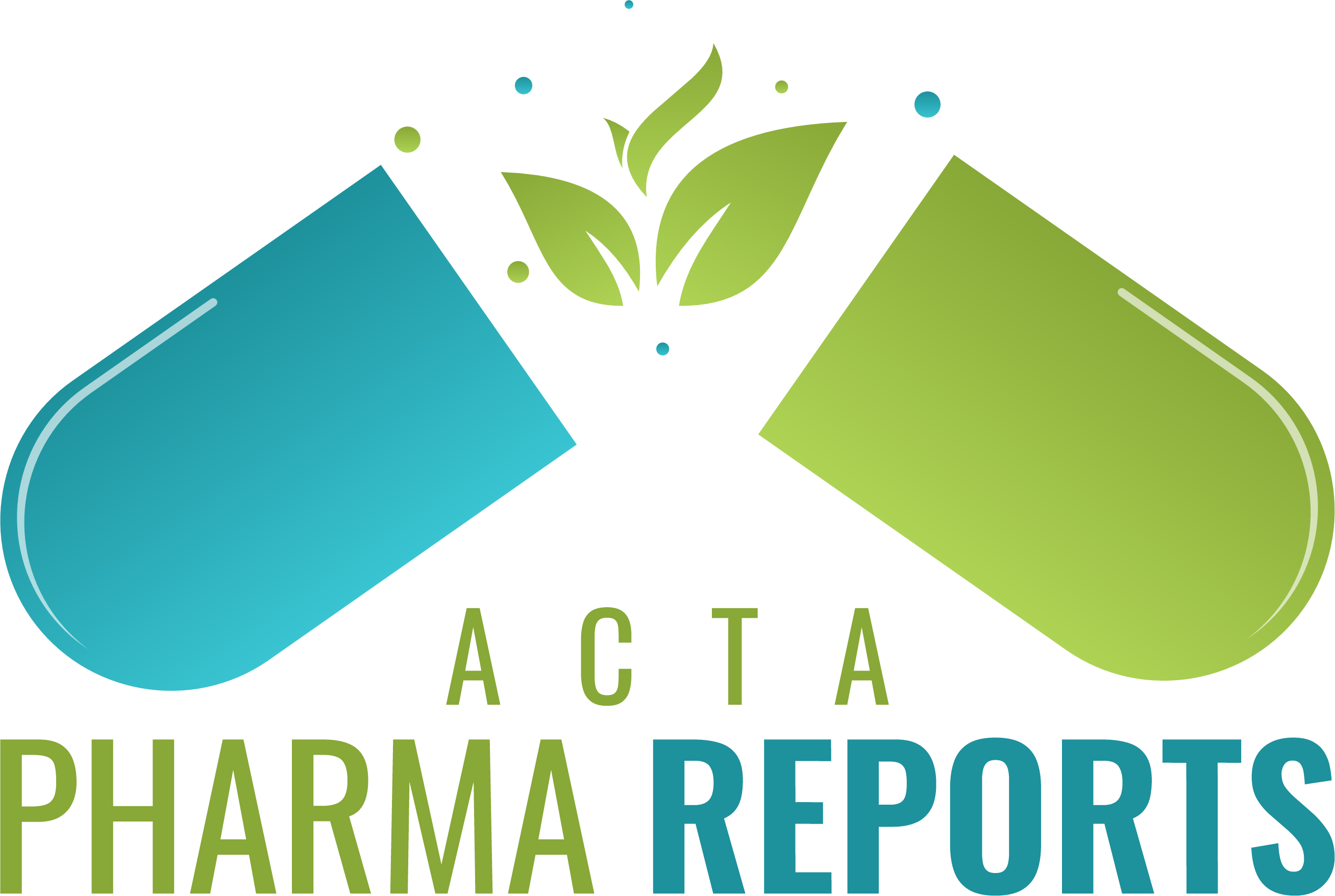Endothelial dysfunction represents a critical pathophysiological mechanism underlying hypertension, characterized by impaired nitric oxide (NO) bioavailability, enhanced oxidative stress, and compromised vasodilation. The endothelium normally maintains vascular homeostasis through balanced production of vasoactive mediators, but in hypertension, this equilibrium is disrupted by increased reactive oxygen species (ROS), reduced endothelial nitric oxide synthase (eNOS) activity, and enhanced vasoconstrictor production. These molecular alterations contribute to arterial stiffness, vascular remodeling, and perpetuation of elevated blood pressure.Nanotechnology-based interventions offer promising therapeutic strategies to address endothelial dysfunction in hypertension. Nanoparticle drug delivery systems enable targeted delivery of antioxidants, NO donors, and vasoprotective agents directly to endothelial cells, overcoming limitations of conventional therapies. Stimuli-responsive nanocarriers can provide controlled release of therapeutic agents in response to local oxidative stress or pH changes. Additionally, nanoparticles can be engineered with specific surface modifications to enhance endothelial targeting and minimize systemic toxicity.Recent advances include development of biodegradable polymeric nanoparticles, liposomal formulations, and biomimetic nanocarriers that can restore endothelial function through multiple mechanisms. These include delivery of antioxidant enzymes, eNOS cofactors, and anti-inflammatory agents. Furthermore, theranostic nanoparticles combining therapeutic and diagnostic capabilities enable real-time monitoring of treatment efficacy. While challenges remain regarding safety, scalability, and regulatory approval, nanotechnology-based interventions represent a paradigm shift toward personalized, precision medicine approaches for managing hypertension through restoration of endothelial function.
